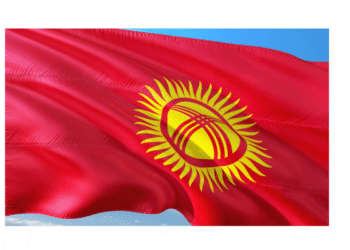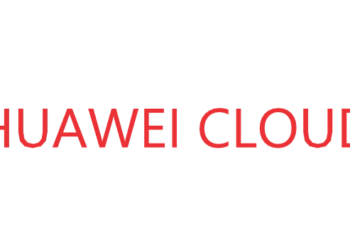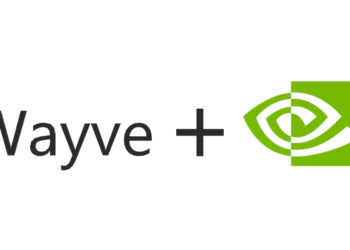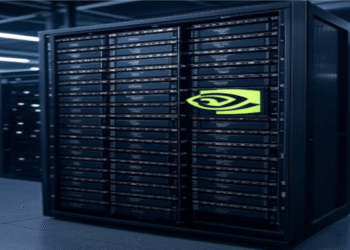Introduction:
In recent years, you may have heard the term “NFT” buzzing around the internet, leaving you wondering what exactly these three letters stand for and why they’re making waves in the digital world. This article aims to demystify the concept of Non-Fungible Tokens (NFTs) and provide you with a comprehensive understanding of their significance, uses, and potential impact on various industries.
Understanding NFTs:
Non-Fungible: The term “non-fungible” implies that each token is unique and cannot be replaced with something else. Unlike traditional currencies or commodities like Bitcoin or gold, where one unit is interchangeable with another of the same value, NFTs represent something distinct.
Tokens: In the digital realm, tokens are unique digital assets representing ownership or proof of authenticity. NFTs are a specific type of token that uses blockchain technology to establish and verify ownership.
The Technology That Makes NFTs Possible
Blockchain Technology:
Blockchain is a decentralized and distributed ledger technology that records transactions across a network of computers. It ensures transparency, security, and immutability. Each block in the chain contains a list of transactions, and once a block is added, it cannot be altered without changing subsequent blocks, making it highly secure.
How NFTs Utilize Blockchain:
NFTs leverage blockchain technology to guarantee their uniqueness and authenticity. Each NFT is associated with a specific piece of digital content or asset, and its ownership is recorded on the blockchain. This provides a transparent and tamper-proof ledger of ownership, ensuring that the NFT’s provenance can be traced back to its origin.
Popular blockchains for NFTs:
Several blockchains support the creation and trading of NFTs, with Ethereum being the most prominent. Ethereum’s smart contract functionality allows for the creation of customizable and programmable NFTs. Other blockchains, such as Binance Smart Chain, Flow, and Polygon, have also gained traction in the NFT space due to their unique features and lower transaction fees.
Examples of NFTs:
Now that we’ve covered the basics, let’s explore some real-world examples of NFTs to illustrate their diversity and applications:
1. Digital Art NFTs:
Perhaps the most well-known use case for NFTs is in the art world. Digital artists can tokenize their work, turning it into a unique NFT that collectors can buy and sell. For instance, Beeple’s “Everydays: The First 5000 Days” sold for a staggering $69 million at a Christie’s auction, making headlines and solidifying NFTs as a legitimate form of art ownership.
a. Beeple’s “Everydays: The First 5000 Days”:
Beeple, a digital artist, created a collage of his daily digital sketches, spanning 13 years. This collection, titled “Everydays: The First 5000 Days,” was tokenized as an NFT and auctioned at Christie’s for $69 million in March 2021. This historic sale not only elevated Beeple to new heights but also brought mainstream attention to the potential value of digital art in the form of NFTs.
b. Cryptopunk Collectibles:
Cryptopunks are 10,000 unique, algorithmically generated 24×24-pixel art characters residing on the Ethereum blockchain. Each cryptopunk is distinct and has gained popularity as a form of digital collectible. Some rare crypto punks have been sold for substantial amounts, emphasizing the scarcity and uniqueness associated with NFTs.
2. Collectibles and Gaming:
NFTs have found a natural home in the gaming and collectibles industries. Virtual assets, such as in-game items, characters, and skins, can be tokenized as NFTs. CryptoKitties, one of the first NFT projects on Ethereum, allows users to collect, breed, and trade unique virtual cats using NFTs.
a. CryptoKitties:
Launched in 2017, CryptoKitties is a blockchain-based game on the Ethereum platform that allows players to collect, breed, and trade virtual cats. Each CryptoKitty is an NFT, with its unique traits and characteristics recorded on the blockchain. The game gained massive popularity, highlighting the potential for NFTs in the gaming and collectibles spaces.
b. NBA Top Shot:
NBA Top Shot is an NFT platform that tokenizes memorable basketball moments as “moments.” Fans can buy, sell, and trade these moments, which are essentially short video clips of highlights. The scarcity and uniqueness of each moment contribute to its value, creating a digital trading card ecosystem.
3. Real Estate and Virtual Land:
NFTs are also making waves in the real estate sector. Virtual platforms like Decentraland and The Sandbox enable users to buy, sell, and trade virtual land as NFTs. This concept has the potential to revolutionize property ownership in the digital space.
a. Decentraland:
Decentraland is a virtual world built on the Ethereum blockchain, allowing users to buy, sell, and develop virtual land as NFTs. Owners have the creative freedom to build and monetize their virtual properties, attracting attention from investors, gamers, and businesses exploring new opportunities in the metaverse.
b. The Sandbox:
Similar to Decentraland, The Sandbox is a virtual world where users can buy, sell, and create virtual assets, including virtual land. Major brands and companies have started to invest in virtual real estate within The Sandbox, recognizing the potential for establishing a digital presence in this evolving space.
4. Music and Intellectual Property:
Musicians and content creators can tokenize their work, allowing fans to own a piece of their favorite songs or albums. This not only provides artists with new revenue streams but also transforms the way we perceive ownership of intellectual property in the digital age.
a.Kings of Leon Album Release:
The rock band Kings of Leon released their album “When You See Yourself” as an NFT. Fans had the option to purchase three types of NFTs: one with a special album package, one with exclusive audiovisual art, and one with a “golden ticket” offering VIP concert experiences. This innovative approach demonstrated how NFTs can be used to enhance the music industry’s revenue streams and fan engagement.
b. RAC’s Tokenized Album:
Grammy-winning artist RAC (Remix Artist Collective) tokenized his album “BOY” as NFTs, allowing buyers to access exclusive content, perks, and future royalties. This approach transforms the traditional music distribution model, offering a direct and personalized connection between artists and their supporters.
5. Tokenized tweets and social media:
Twitter CEO Jack Dorsey auctioned his first-ever tweet as an NFT, demonstrating how even tweets and social media content can be tokenized and owned as unique digital assets.
a.Jack Dorsey’s First Tweet:
Twitter CEO Jack Dorsey tokenized his first tweet as an NFT and auctioned it on the platform Valuables. The highest bidder secured ownership of this historical tweet as a unique digital asset. This example showcases how even short pieces of content on social media can be tokenized and traded as NFTs.
b. Twitter Blue NFT Profile Pictures:
Twitter introduced NFT profile pictures as part of its premium subscription service, Twitter Blue. Users subscribed to Twitter Blue can choose from a selection of NFT profile pictures, adding a new dimension to digital identity on social media platforms.
These examples illustrate the versatility of NFTs, transcending traditional boundaries and permeating diverse industries. As the technology continues to evolve, we can anticipate more innovative use cases and collaborations that leverage the unique attributes of non-fungible tokens.
Conclusion
Non-FungibleTokens represent a groundbreaking development in the digital landscape, offering unique opportunities for creators, collectors, and investors. From digital art to virtual real estate, NFTs have permeated various industries, redefining the concept of ownership in the digital age.
While NFTs have garnered immense attention and success, it’s crucial to approach this technology with a balanced perspective, considering both its transformative potential and the challenges it poses. As the NFT space continues to evolve, it will be fascinating.














